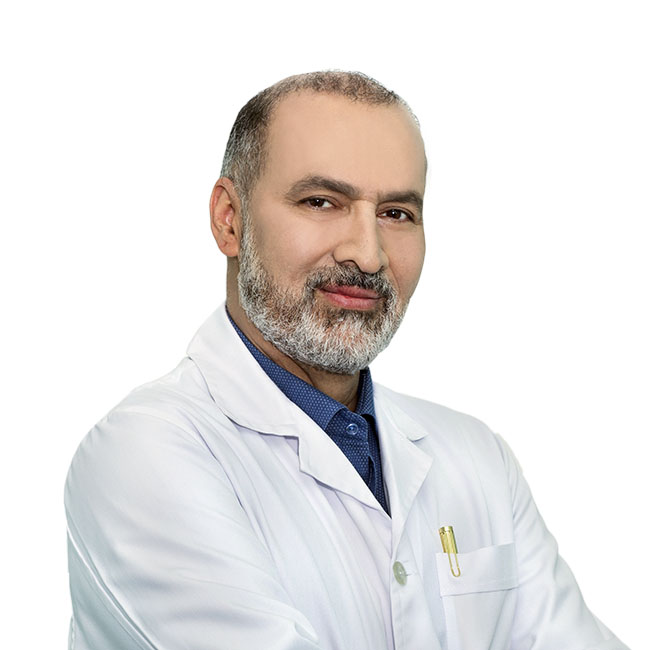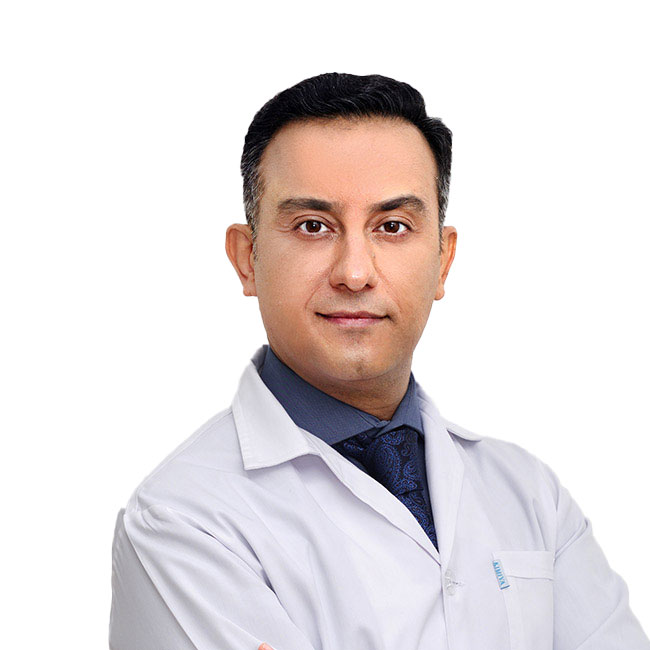Rosacea
Rosacea, also known as acne rosacea or adult acne, is a chronic inflammatory condition characterized by persistent redness and hyperemia of the facial skin, typically affecting the cheeks, nose, and forehead. Despite its name, it is not a form of acne.
Rosacea affects both women and men, but it is more prevalent in women, with a ratio of approximately three to one. The condition is more commonly observed in individuals with fair and blond skin, as well as those prone to facial flushing. Most patients with rosacea fall within the age range of 30 to 60 years.
Symptoms associated with rosacea may manifest beyond the facial region, extending to the neck, shoulders, ears, and chest. Skin manifestations include redness, swelling, telangiectasia (dilated blood vessels), pustules, and papules. Rhinophyma, characterized by the enlargement of the nose, is more common in men. The disease often shows periods of remission and relapse, persisting for years.
Several factors can aggravate rosacea, including exposure to sunlight, stress, hot water, wind, strenuous physical activity, alcohol consumption, humidity, cold temperatures, certain stimulating and hot foods, and excessive heat. Managing these triggering factors is essential in the management of rosacea.
Treatment of rosacea usually involves topical anti-inflammatory agents. Short-term treatment may provide temporary relief of symptoms, but long-term resolution often requires extended use of these medications, spanning one to two years. Early diagnosis is crucial for effective management. Patients should avoid self-administration of over-the-counter medications, as some may worsen the condition. Dermatologists may recommend combination therapy tailored to individual patient needs to halt disease progression and improve symptoms.
Topical steroids, such as corticosteroids, can reduce redness; however, their use should be limited to a maximum of two weeks on the face to avoid complications. Additionally, strong corticosteroid creams should be strictly avoided. Oral antibiotics may be prescribed for faster results in certain cases. Emollients can be applied gently to the skin after the primary medication has dried.
Sunscreen with an SPF of 15 or higher is crucial, especially on hot and sunny days. Persistent redness following treatment may be managed using lasers, and appropriate cosmetic products, such as matte-based powder creams, can help conceal facial redness. Personal hygiene products, such as soaps, moisturizers, and sunscreens, should be free of alcohol or other irritants.
For severe cases of rhinophyma, surgical intervention may be necessary. Dermabrasion, a skin resurfacing technique, can significantly improve appearance. Timely diagnosis and adherence to medical advice are vital for successful rosacea treatment, as delaying treatment can exacerbate the condition and make it more challenging to manage. Rosacea can be effectively treated with proper medical care, but compliance with long-term treatment is essential to prevent disease recurrence.



